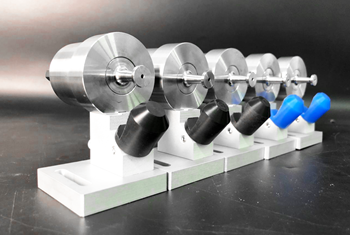Glass Coating System
The float glass coating system using ultrasonic spraying is an effective alternative to powder spraying or pressure spraying. Compared with other spraying methods, it has significant advantages. The most important thing is that it will not be clogged and there will be almost no excessive spraying. . It is coated with a very thin, uniform and durable layer, which can provide excellent protection for the glass, while minimizing the exhaust gas and energy requirements during the deposition process, the drying time is short, and the coating is easy to clean. Compared with vacuum evaporation, CVD and other coating technologies, ultrasonic spray coating possesses a high cost performance, and the cost is greatly reduced for large-area coating. Thus ultrasonic spray coating is regarded as a new and scale technology of glass coating.

Comments
Post a Comment